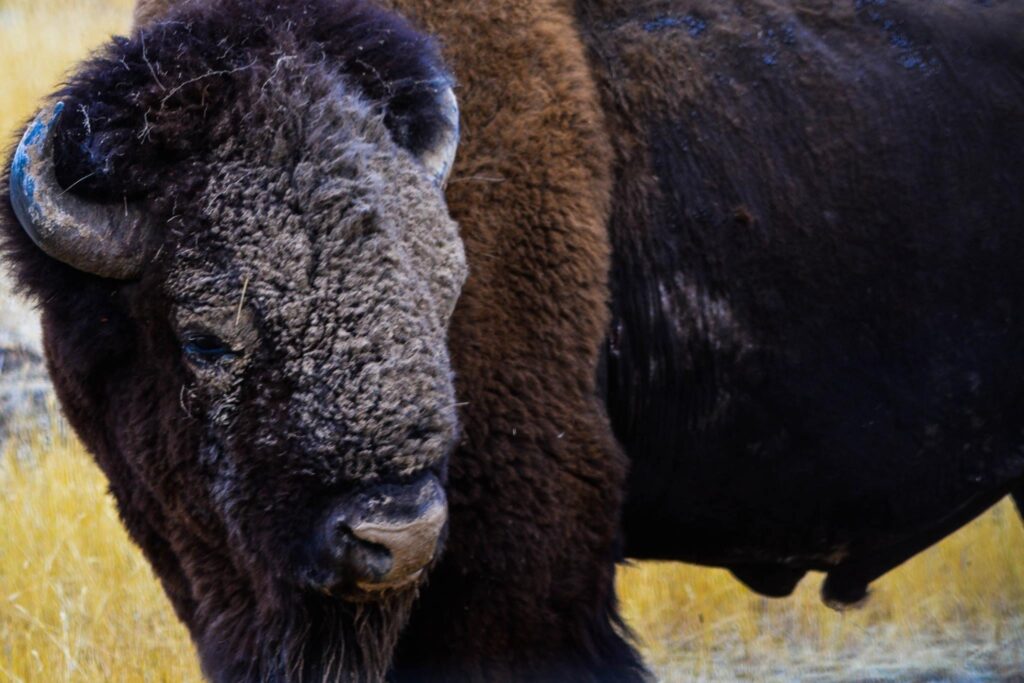What Is Conservation?
According to the Merriam-Webster dictionary, conservation is “a careful preservation and protection of something.”
Wildlife conservation refers to the practice of protecting wild animals and their habitats, now and in the future. It includes a wide range of practices, including measures to protect and restore habitats, prevent poaching and excessive take, eliminate nonnative species, captive breeding and reintroduction programs, education and research.
The focus of conservation programs can be on species, wildlife populations, individual animals, or ecosystems, since each of these units are important constituents of biological diversity, along with ecological and evolutionary processes that are necessary to sustain healthy wildlife populations in the long-run.
Here are a few definitions of conservation that apply to wildlife:
“Science-informed actions to preserve the health and resiliency of natural environments, safeguard the intrinsic value of non-human nature, and provide equitable benefits to current and future generations of humans and nonhuman life. These actions include protecting and restoring air, soil, water, biological diversity, ecosystem processes and evolutionary potential.
– Fred Koontz, former Washington Fish and Wildlife Commission member who worked for 35 years in wildlife conservation in zoo, field, and university settings
“The protection, care, management and maintenance of ecosystems, habitats, wildlife species and populations, within or outside of their natural environments, in order to safeguard the natural conditions for their long-term permanence.”
– International Union for the Conservation of Nature
“Wildlife conservation is the preservation and protection of animals, plants, and their habitats.” —The National Wildlife Federation
